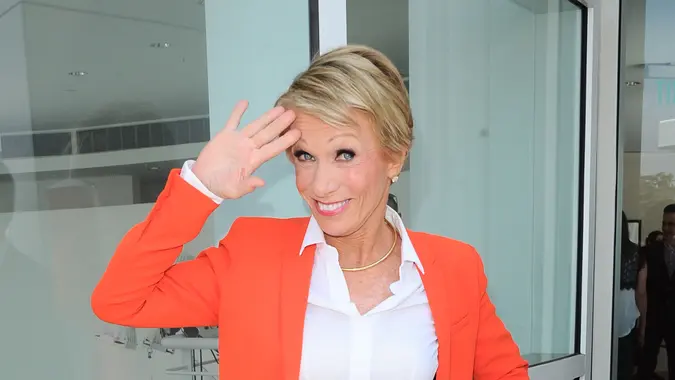States That Ended Unemployment Benefits Early Saw a $2 Billion Drop in Spending, New Study Says

Commitment to Our Readers
GOBankingRates' editorial team is committed to bringing you unbiased reviews and information. We use data-driven methodologies to evaluate financial products and services - our reviews and ratings are not influenced by advertisers. You can read more about our editorial guidelines and our products and services review methodology.

20 Years
Helping You Live Richer

Reviewed
by Experts

Trusted by
Millions of Readers
States that withdrew early from expanded federal unemployment benefits enjoyed slightly higher job growth than those that didn’t, according to a new study, but it came with a price: lower consumer spending that likely hurt their economies.
See: Inflation’s Ups and Downs: How It Impacts Your Wallet
Find: 5 Tips for Taking Advantage of a Recovering Economy
The 26 states that ended benefits early — including a $300 weekly supplement tied to the COVID-19 pandemic — saw a nearly $2 billion reduction in household spending, CNBC reported Monday, citing data from a new paper authored by economists and researchers at Columbia University, Harvard University, the University of Massachusetts-Amherst and the University of Toronto. But those states’ employment growth was negligible.
Governors of the 26 states opted out of the programs several weeks before they were set to expire on Labor Day, arguing that the expanded benefits kept some jobless Americans from seeking work, thereby contributing to a national labor shortage.
According to the study, the 26 states that ended federal jobless benefits early saw employment climb 4.4 percentage points relative to jobless individuals in states that kept the benefits.
That translated to only 1 in 8 unemployed individuals in the 26 “cutoff states” who found jobs during the period tracked. Seven out of 8 didn’t find a new job.
“Yes, there was an uptick (in employment),” University of Massachusetts Amherst economics professor Arindrajit Dube told CNBC. “Most people lost benefits and weren’t able to find jobs.”
This combination — lost benefits without any new employment income — led households to cut their weekly spending by 20%. That added up to a total consumer spending reduction of nearly $2 billion from June through the first week of August.
“They turned down federal transfers and that money didn’t come back into the state (from new job income),” said University of Toronto assistant professor Michael Stepner, who co-authored the paper with Dube.
See: What To Do If Your Unemployment Is About To Run Out
Find: How To Find a New Job That Fits Your Life
A 20% spending cut translates into a big reduction in quality of life for these mostly lower-income households, Stepner added.
Despite lower spending in those states, much of the rest of the country went on a spending spree. As reported last week on GOBankingRates, Americans are spending an average of $765 more a month this year than they did in 2020, according to the MassMutual Consumer Spending & Saving Index. Much of that money is going to dining out and travel.
More From GOBankingRates
 Written by
Written by 

























